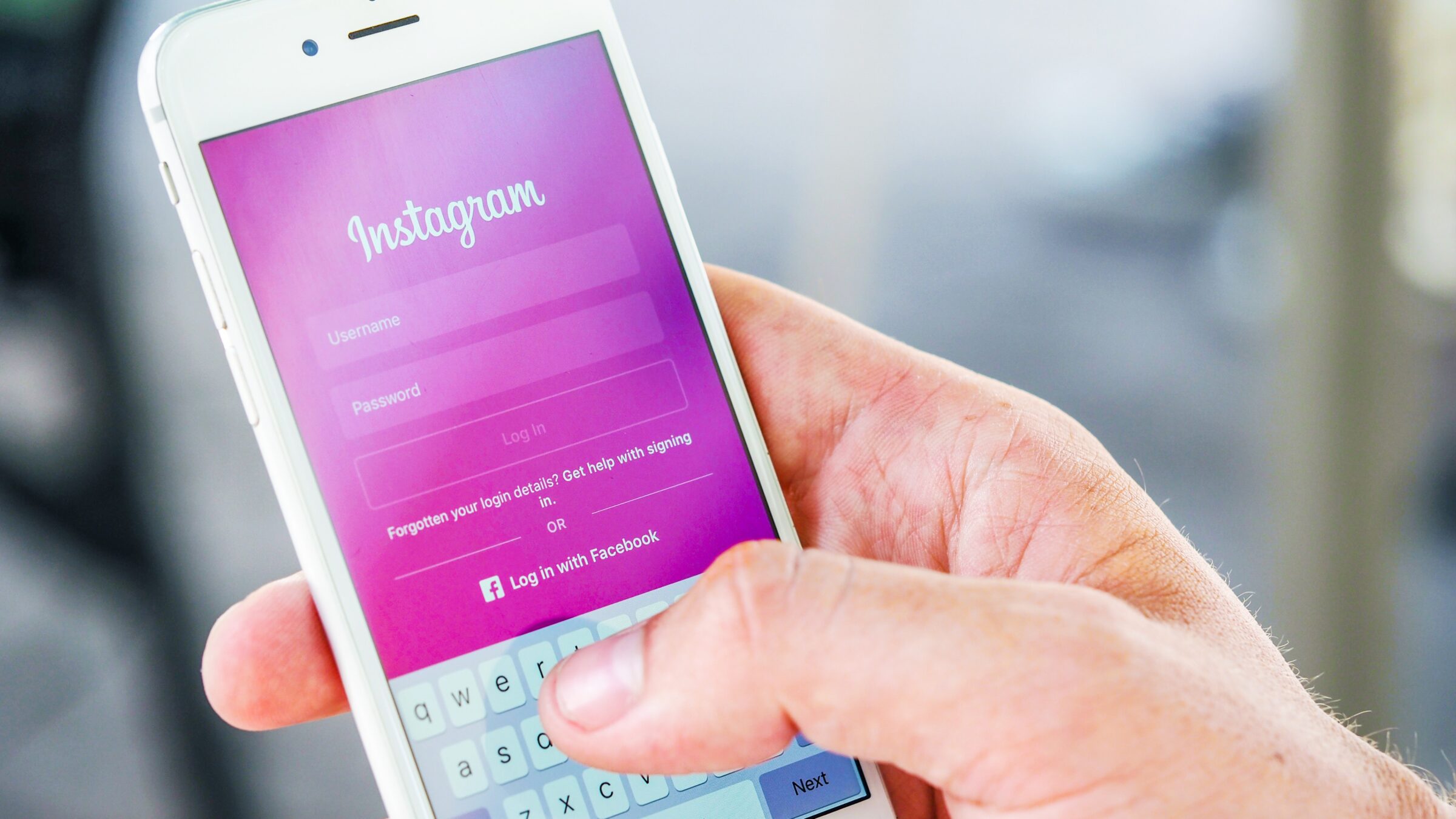Last week, I attended a networking event put on by New York Women in Communications with other ladies from the New York office. The event was a Q&A with Hayley Saltzman, Director of Social Media for Bustle Digital Group, which includes Bustle, Elite Daily, Romper and The Zoe Report. Before the event, I was curious about Bustle’s social media presence and looked at their Instagram and found that it consists solely of memes, mostly ones relatable to young women, the key demographic of Bustle. When I looked at the Instagram accounts of Elite Daily, Romper and The Zoe Report, I found that Elite Daily and Romper’s Instagram accounts were also filled with memes.
Being a millennial myself, I do love a good meme account. But I was struck by the fact that a popular media outlet was choosing to use memes rather than promoting their content or using photography like other media outlets doBut I was struck by the fact that a popular media outlet was choosing to use memes rather than promoting their content or using photography like other media outlets do.Click To Tweet
It is worth nothing that the brands’ respective Twitter accounts do post articles, which is more typical for media outlets. Bustle and Elite Daily’s audience is young women, so their accounts share humorous memes that would be relatable to young women. Romper is geared toward millennial moms, so most of the memes shared are relatable specifically to young mothers. The Zoe Report is the only Instagram account under the Bustle Digital Group umbrella that is not devoted to memes. The Zoe Report is focused on fashion, beauty and lifestyle, so their Instagram account posts about fashion and beauty and promotes their content, more typical of a media outlet’s social media activity.
So why memes? Well, as any millennial or gen Zer knows, memes are shared constantly across social media with friends tagging one another in relatable memes. Instagram channels like The Fat Jewish (10.4 million followers on Instagram) and Girl with No Job (3 million followers on Instagram) are extremely popular among these generations. Bustle itself has 4.5 million followers on Instagram, while Elite Daily has 2.6 and Romper has 121k, showing that these accounts are resonating with their audiences. And there may be some merit to posting memes. It’s been found that when we hear information, we’re likely to remember only 10% of that information three days later, but if we see a relevant image paired with the same information, we will retain 65% of the information three days later. So, if you see an image paired with text, especially if it’s funny or relatable, there’s a good chance your brain will remember it.
But does a media outlet sharing memes actually promote their content, or is that not their intent? It could be argued that by sharing relatable memes on Instagram, Bustle conveys that it is a hip and young brand, thus making its followers more likely to read its articles. As the media landscape continues to evolve, it is less and less about what articles they’re posting and more about their Internet presence—including social media—as a whole. If memes help convey an outlet’s brand, then bring on the memes.
For more insights on communication and brand strategy, industry trends and more, subscribe today to the Weekly Buzz here.

